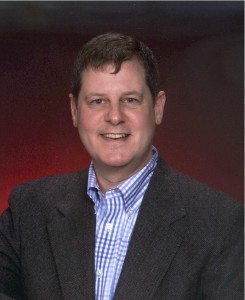It’s been a rough year for the U.S. economy and workforce. No matter what your political stripe, there’s no sugar coating the numbers: unemployment is still high and people around the country are struggling. In honor of Labor Day, we’ll look at the numbers behind this news.
Once a month, the Bureau of Labor and Statistics releases its employment data, and here are some interesting numbers from July 2012. (August 2012 data will be released on September 7, 2012.) Remember, this is just raw data. The numbers are important, but they can’t really tell the story behind the country’s (or a portion of the population’s) economic and employment situation. People will interpret this information differently, based on their ideologies and personal philosophies. (Politicians will interpret this data based on who they want to attract to the voting booth.)
155.013 million: The number of people in the workforce (16 years and older).
47.8: Percent of women in private workforce
82.6: Percent of women in total production and non-supervisory positions.
34.5: Average weekly hours worked for all employees.
33.7: Average weekly hours worked for all production and non-supervisory positions.
$23.52: The average hourly earnings for all employees.
$19.77: The average hourly earnings for all employees in production and non-supervisory positions.
11.472 million: Number of people in the workforce with less than a high school diploma or equivalent.
37.047 million: Number of people in the workforce with a high school diploma or equivalent.
37.398 million: Number of people in the workforce with some college or an associates degree.
47.697 million: Number of people in the workforce with a bachelor’s degree or higher.
9.616 million: Number of self-employed workers (including agriculture workers).
8.246 million: Number of people who are working part time (one to 34 hours a week), for economic reasons.
6.9: Unemployment rate* for all veterans.
8.9: Unemployment rate for all Gulf War II-era veterans.
12.4: Unemployment rate for all Gulf War II-Era veterans in the previous month (June 2012).
8.3: Unemployment rate for all non-veterans (18 years and older).
18.866 million: Number of people who are working part time (one to 34 hours a week), for other reasons (including childcare problems, school, training or family or personal reasons).
2.711: Number of people who have been unemployed for less than 5 weeks.
3.092 million: Number of people who have been unemployed for 5 to 14 weeks.
6.945 million: Number of people who have been unemployed for more than 15 weeks.
38.8: Average duration of unemployment in weeks.
*The unemployment rate is the percentage of the workforce that is unemployed at any given date.
Based on these numbers, what do you think about the current economy? What kinds of questions do these numbers raise? Are there other numbers that you would like to see? How does this data inform you as a voter? (Don’t worry, we won’t get into big political discussions here. I promise.)












